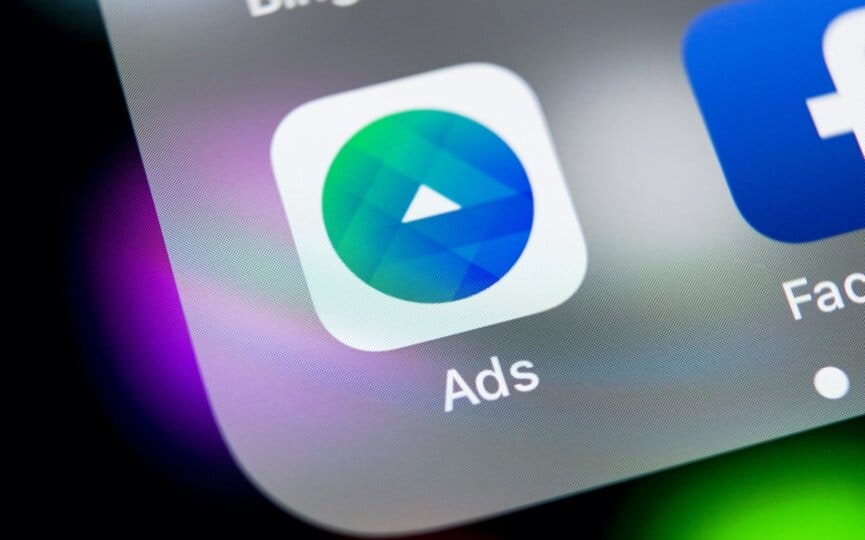TikTok “Earworms”: How The Platform Relies On Sounds For Social Media Advertising

“Earworms” are almost impossible to get out of your head. Psychologists call the phenomenon involuntary musical imagery (or INMI). According to CBS News, us humans “spend up to 40% of our days engaging in spontaneous cognition and are starting to try to understand why our brains spend so much time thinking thoughts unrelated to present task and how such thoughts might be useful.”
Having a song or a sound stuck in your head doesn’t have to be a nuisance.
TikTok ads are using audio to their advantage. Downloaded 850 million times total, the app has completely personalized the way users watch and listen to advertisements. Videos 60 seconds or less keep the scrolling going.
Forbes calls it “digital cocaine.” Content that catches the eye and ear instantly boosts dopamine in the brain, like a rolled dollar bill and a carefully organized line.
We don’t do drugs. Neither do we recommend doing them for creative purposes. However, if there’s a safe way that excites us both physically and mentally, we’re all in. And TikTok is addicting. The app is sneaky good at putting audio at the forefront, rather than utilizing the sense as a background addition. It’s a secret language, a dialogue referenced between those that are in the know.
Quotes are resurrected from long forgotten movies. Songs can rise up organically, even if they’ve been outside the mainstream for decades. Campaigns are based around trending pop culture references and moments, sparking a wave of user-generated posts. In other words, cultural influence has been converting into recurring revenue.
Audio is a centralized concept in the app, causing many users to shape their content around sounds as a starting point. As per research conducted by Tiktok, users are attracted to ads with audio (73%) and claim sound is an essential part of the app’s overall experience (88%). Additionally, the study points to ads with sound as generating significant increases in both purchase intent and brand favorability.
The “sound-on” approach causes repetition, transforming the specific audio snippet into an “earworm”, showcased through videos that riff on the same auditory concept. It’s an idea that can be interpreted in numerous ways, emphasizing the user generated experience. Reinterpreting the trending sound — in a way that makes it completely unique — will likely lead to a company finding success.
Kylie Ladd, one of Movement’s Senior Data & Insights Strategists, put it best with this insight: “our preferences as users are moving beyond just image sharing (like Instagram) to a richer, more immersive experience. And that’s what sound does on TikTok.”
A recent Nielsen study says TikTok is here to stay, with an estimated 43% of users admitting advertising on the platform blends in with the content on the platform. “Don’t make ads, make TikToks” is a strong go-to phrase in regards to the platform. Brands meet audiences directly on the app, pushing the strong relatability in the “sound-on” approach; they efficiently capture shared musical sentiments harbored by the TikTok audience.
On the platform, brands businesses are considered members of a community, not just advertisers. Their content matches the authenticity and positive energy of the everyday user; basically, shared experience translates to recognition as a one-of-a-kind advertising platform.
Some things to consider when focusing on audio in your TikTok social strategy:
Copyright infringement
— this is always a hassle with social media platforms. Too much protected audio or other material, without permissions, can get your ads removed. Or worse: your account could be deleted. Sticking to the TikTok music library is a safe way to avoid murky copyright laws. This royalty-free content can be used for commercial purposes. YouTube also has a vast library of free tunes.
Sonic branding
— you don’t need to reach for your nearest dictionary. We can define this term. Sonic branding is the sounds associated with a brand. Think the bell chime of Taco Bell. Video game system startup sounds. That Home Depot bop. Usually, organizations that emphasize sonic branding will use original sounds and similar tracks that will help consumers remember their brand.
Trending audio
— an alternative to sonic branding, an easy way to get an ad discovered is by selecting trending music or sounds. Those that watch TikTok often select the music icon to discover other videos scored by the same sound. Videos will automatically be included in viral activities, increasing discoverability.
The Zeigarnik Effect
– don’t bother trying to say this one five times in a row. We’ll make it simple for you. The concept theorizes that people have a better memory for tasks that are incomplete versus finished. According to Professor Callula Killingly at the Queensland University of Technology, leaving a task unfinished can result in a lot of tension, because you feel compelled to finish the task. Your mind simply can’t let go of the aforementioned task. This explains why a 15-second clip will be stuck in your head. Consider this when incorporating your audio snippet.
What “earworms” are stuck in your head? Get a hold of Firebelly Marketing and we can hum along with you.



